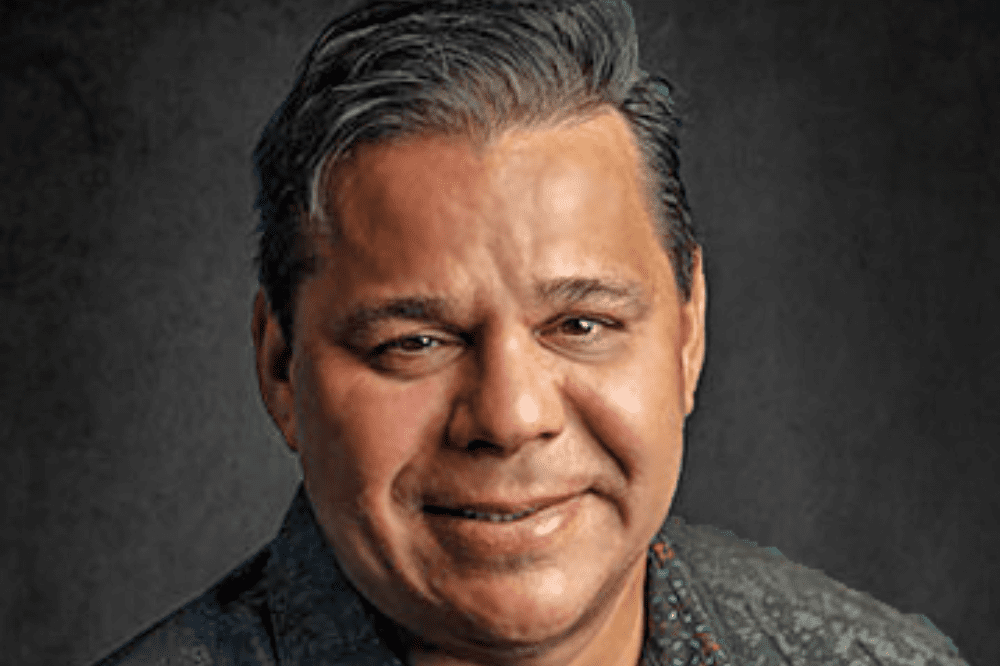Goose Insurance bags major funding – what’s next?

“What we’re really hoping to set up in the near future is to have up to 30 consumer facing brands to choose from, alongside our continued work with risk partners or insurance carriers and reinsurance partners to build product that is bespoke and is relevant today,” Goose Insurance CEO and co-founder, Dejan Mirkovic, told Insurance Business.
The funds will help the company as it targets “underserved consumers” in North America, Mirkovic said.
Goose will look to “accelerate our insurance super app strategy, get our product in the hands of as many consumers as we can while allowing them to self-serve important insurance products that they need to protect themselves,” Mirkovic said.
A move towards consumer diversity
Goose’s mobile app allows users to access quotes and services, and the business is trained on courting mid-market consumers who are traditionally underinsured.
“Most companies are geared towards servicing the high-end area of the market,” Mirkovic said. “They want to sell a million-dollar life insurance policy but neglect the individual who may be shopping around for a $100,000 option.”
Tapping into social media channels including TikTok, Instagram and YouTube to appeal to individuals who are constantly plugged-in has helped Goose boost its profile with its Gen Z and Millennial target audience in a more organic manner.
“Through social media, we send them relevant messaging that gets them to download and sign into our app as a first step,” Mirkovic said.
“Once they have our app downloaded, we have noticed that the consumer activates our services over time, from one to two months, or in some cases, one year later.
“What’s most important is that they have our app as a bookmark to refer to when they are looking for something like travel or pet insurance, giving us instant visibility when it matters most.”
Slow and steady wins the race
Recent investor appetite for insurtechs has taken a hit on a global scale, with funding reaching lows not seen since 2020, in the final quarter of 2022. Worldwide, insurtech businesses, among them Canada’s APOLLO Insurance, have also experienced a rash of layoffs.
“To establish a profitable and respectable brand is a long-term commitment,” said Mirkovic. “A lot of companies are looking to buy growth in a very short timeframe, a miscalculation that can allow operations to fall victim to many of the challenges within the industry.”
Speaking to how Goose has sought to buck the trend, Mirkovic said: “We’ve been very careful with the amount of money we’ve been spending and where, while also being mindful of how we acquire customers.
“We are really looking five to seven years down the line to grow our business and reach the right objectives for the service we are offering.”
Instant gratification
“About 120 million individuals in North America do not have any life insurance and they desperately need it,” Mirkovic said, highlighting the rampant disparity experienced by a vast swath of the population.
He also highlighted that “four million of the 180 million registered pets have coverage, while critical illness coverage has less than 75% penetration.” While these numbers may seem particularly alarming, Mirkovic is confident that Goose Insurance’s steady ascendency reflects changing consumer behaviours that more traditional methods of insurance coverage do not appeal to.
In the age of mobile device use, consumers have become keen on independence and exercising control in all aspects of life.
“People want to do it themselves and they want to educate themselves without any outside interference” Mirkovic said. “People have access to things more instantaneously now, so ideally they need a platform to buy insurance efficiently without any hassle, available at any time, that is convenient to them.”





